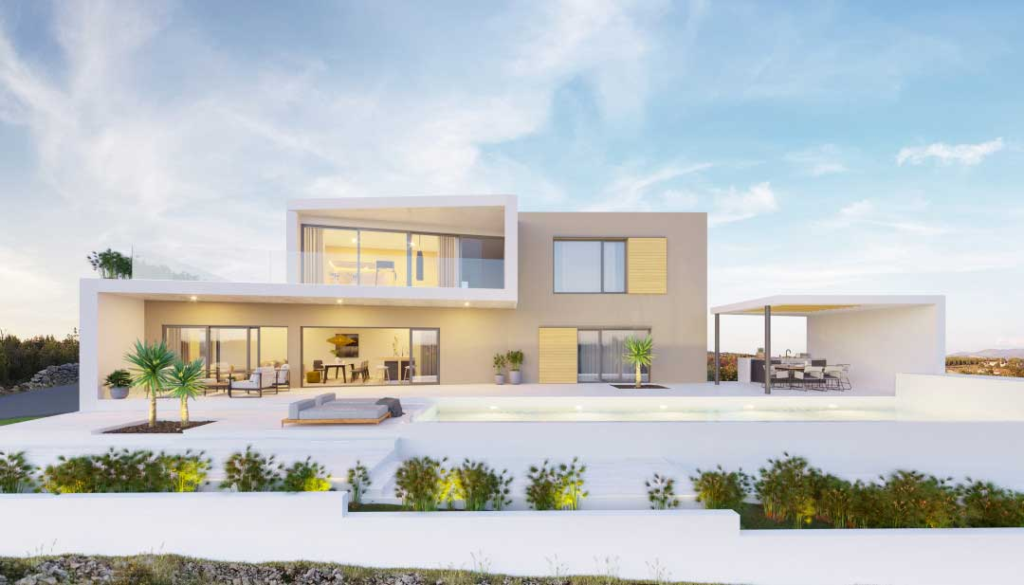Creating stunning interiors requires a combination of artistic vision, technical expertise, and innovative tools. One such tool that has revolutionized the field of interior design is 3D visualization. By using advanced software, designers can create realistic and immersive virtual environments that allow clients to visualize their spaces before they are even built. In this article, we will explore the various techniques used in 3D visualization for creating stunning interiors.
1. Photorealistic Renderings
One of the most popular techniques in visualization 3d (also known as ‘visualisering 3d’ in the Danish Language) is the creation of photorealistic renderings. These are highly detailed images that simulate the lighting, materials, and textures of a physical space.
By meticulously modeling every aspect of the interior, including furniture, fixtures, and finishes, designers can create visuals that are almost indistinguishable from photographs. Photorealistic renderings are invaluable for presenting design concepts to clients, as they provide a realistic representation of how the final space will look.

2. Virtual Reality (VR) Experiences
Virtual Reality (VR) has emerged as a powerful tool for creating immersive experiences in various industries, including interior design. By using specialized headsets, clients can step into a virtual representation of their future space and explore it from different angles. VR experiences allow designers to showcase their designs in a highly interactive and engaging manner. Clients can walk through the virtual space, change materials and colors in real-time, and get a true sense of scale and proportion. This level of immersion helps clients make more informed decisions and ensures that the final design meets their expectations.
3. Augmented Reality (AR) Applications
Augmented Reality (AR) is another technique that is gaining popularity in the field of interior design. Unlike VR, which creates a fully virtual environment, AR overlays virtual elements onto the real world. By using a smartphone or tablet, clients can see how furniture, artwork, or other design elements will look in their actual space.